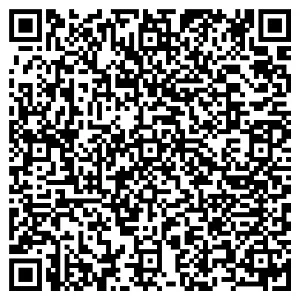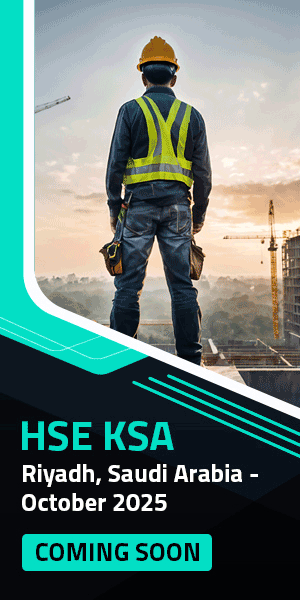
Ryan Mitchell, Farnek's head of Quality, Health, Safety, Excellence, and Wellbeing (QHSEW). (Image source: Farnek)
Ryan Mitchell, Farnek's head of Quality, Health, Safety, Excellence, and Wellbeing (QHSEW), spoke on day two of the annual HSE MENA Forum, held at Le Meridien Hotel & Conference Centre, Dubai, on 13 November.
Farnek, a leading UAE-based smart and green facilities management company, shared insights on leveraging technology to enhance safety and operational efficiency.
The forum, which focuses on advancing health, safety, and environmental practices in critical industries like oil and gas, construction, and infrastructure, featured five sessions addressing compliance, risk management, corporate culture, and sustainability.
Mitchell’s session, ‘Fast-tracking Technology Through Revolutionising Safety and Efficiency’, highlighted the role of artificial intelligence and predictive tools in improving workplace safety and productivity. He discussed how embracing digital solutions could transform key HSE processes, driving compliance and risk reduction across industries.
The event provided a platform for industry leaders to explore emerging technologies and strategies, aligning HSE practices with sustainability and efficiency goals in an evolving industrial landscape.
“Incorporating digital HSE solutions offers a route to a safer workplace, augmented compliance, fewer incidents, and heightened operational efficiency. However, prudent planning and implementation, grounded in a profound understanding of organisational requirements and challenges, are vital prerequisites for success,” said Mitchell.
One such solution SAFETEK, which has been developed in-house by Farnek group company HITEK, is a digital safety management tool with the power of automation, which supports organisations that are trying to move from reactive to a more predictive approach.
“Our cloud and mobility-based solution has been built specifically to digitalise reporting, to work towards a safer workplace. SAFETEK improves reporting times and data analysis to provide insights for preventative action,” said Mitchell.
“This reduces downtime and ensures business continuity, which can lead to cost savings for organisations through reduced incidents, better resource allocation, improved efficiency and ultimately, a safer working environment,” added Mitchell.










